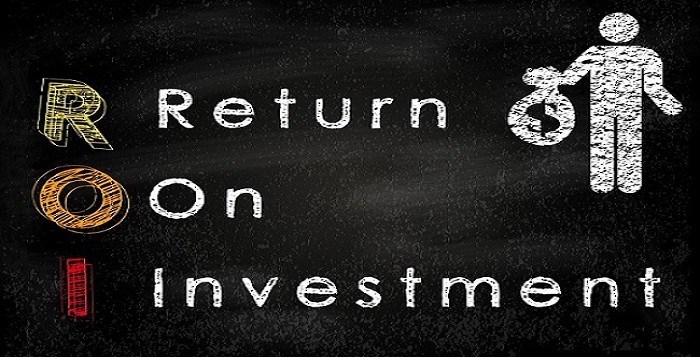What’s the Return on Investment (ROI) on Quality?
“What’s in it for me?” is not an unreasonable question for anyone to ask, especially if you are going to ask them to spend money. If you want your business to invest in a Quality Management System such as ISO 9001 you should have some idea of what it is going to cost you and how much you will get back for your investment.
Measuring Your Quality Costs
One way to look at this is to look at the model for Cost of Quality (CoQ) suggested by Armand V. Feigenbaum. His model splits quality costs into four areas:
- Prevention Costs: The money spent on preventing issues from occurring such as training, creation of standards, quality plans, etc.
- Appraisal Costs: The money spent on physically checking and auditing products, and systems.
- Internal Failure Costs: Costs incurred when a failure occurs in house; scrap, rework, time spent replacing product, etc.
- External Failure Costs: These usually cover everything from warranty costs to lost business.
It is generally accepted that spending money on prevention is going to be a lot less expensive than dealing with an issue once it hits your customer. In most models, it is suggested that costs increase by an order of magnitude for each step as you move from prevention through to external failure costs. Therefore, it will cost your business 10 times as much to deal with an issue once it has reached the customer than if you had caught it in-house, and would cost you a tenth as much to prevent the same issue.
How Much Can You Save?
The problem of course is that with an effective quality system you prevent the problems from occurring in the first place so you never actually “see” the benefit as the problem never occurs. This can lull some businesses into a false sense of security and lead them to think that they can cut costs by spending less on quality when times are tough. The results of this can be very expensive when a product or service of poor quality slips through to the customer.
Of course if you measure CoQ right from the start you will be able to see how spending more on prevention and appraisal helps to reduce your failure costs and will result in an understanding of what that return on your investment is. You will be able to see the effect of spending more up front lowers the cost of poor quality.
Every business is very different and the ROI that you can achieve in one industry is going to be very different to that achieved in another. As a guide, a recent study undertaken through the American Society for Quality (ASQ) showed that for every $1 spent on your QMS, you could expect to see an additional $6 in revenue, a $16 reduction in costs, and a $3 increase in profits. On average, they saw that quality management reduced costs by 4.8%.
Another study undertaken by the Harvard Business School showed that companies that adopted ISO 9001 had the following benefits:
- Higher rates of survival
- Increased Sales
- Growth in employment
- Increased wages
- Less waste
- Improved worker productivity
So, while it may not be easy to predict your ROI, you can be pretty sure that investing money up front on your Quality Management System is going to be an effective investment.
ISO Terms Explained

To the novice quality manager, ISO jargon can be extremely overwhelming. What is an NCR? What do you mean by OFI? Are we certified or accredited? But before you go and pull out your hair, let’s take a moment to go over some of the most frequently used terms and their definitions with regards to ISO and Management System Certification.



[…] software, you can expect to see your profits soar and customer satisfaction skyrocket. In fact, according to the American Society for Quality (AQS), studies indicate that for every dollar you spend on a quality management system, you can […]
[…] a tenth of that to invest in solutions that would prevent issues like that, as reported by ISO update. These are some key ways Industry 4.0 gives manufacturing firms the technology to reduce the cost […]
[…] 2. ISOUpdate. What’s the Return on Investment (ROI) on Quality? Apr. 2018. Available at: https://isoupdate.com/resources/whats-roi-quality/ […]
[…] 1. American Cancer Society. How Common Is Breast Cancer? Jan. 2020. Available at: https://www.cancer.org/cancer/breast-cancer/about/how-common-is-breast-cancer.html 2. ISOUpdate. What’s the Return on Investment (ROI) on Quality? Apr. 2018. Available at: https://isoupdate.com/resources/whats-roi-quality/ […]